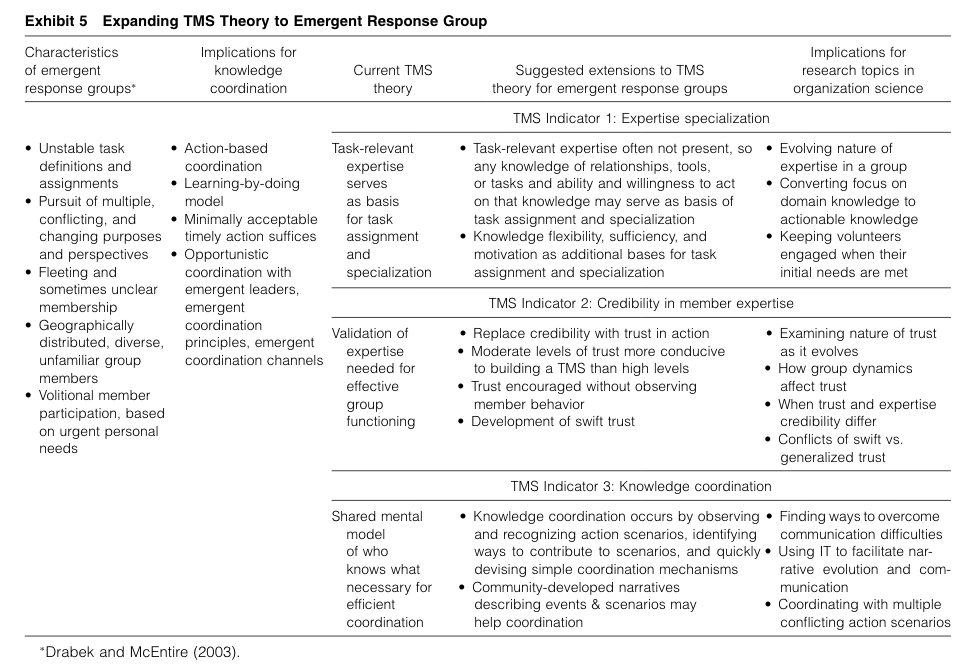It was later determined that humans impose meaning even on nonsense syllables to make them more meaningful. The nonsense syllable PED (which is the first three letters of the word "pedal") turns out to be less nonsensical than a syllable such as KOJ; the syllables are said to differ in association value.[5] It appears that Ebbinghaus recognized this, and only referred to the strings of syllables as "nonsense" in that the syllables might be less likely to have a specific meaning and he should make no attempt to make associations with them for easier retrieval.
This seems roughly similar to Major Beniowski's phrenotypic associative memory. Some of these nonesense syllables could more easily be associated than others. Perhaps going through them one could do phrenotypic distances?
Would Ebbinghaus have known of Beniowski's work? Evidence?
